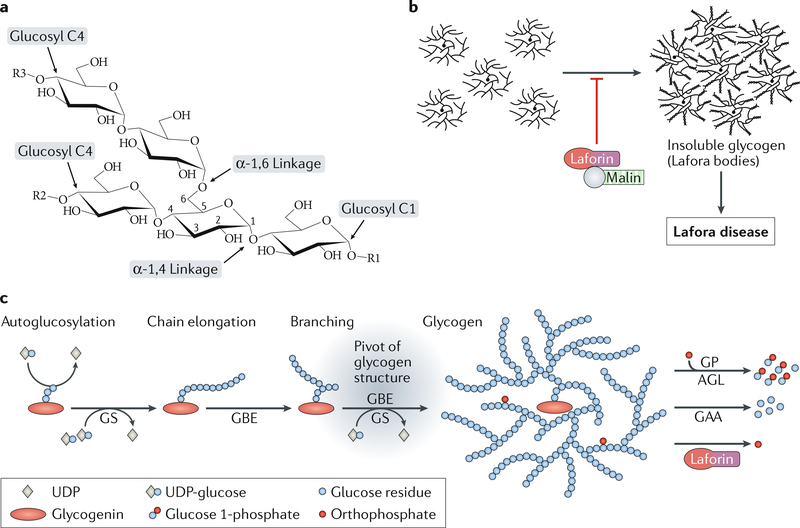Fig. 2 |. Impaired glycogen metabolism in Lafora disease.
a | The chemical basis of the polyglucans glycogen and starch. Glucan chains are formed by chain-elongating enzymes that incorporate glucosyl residues at terminal glucosyl C4 carbons of pre-existing chains, forming α−1,4 glycosidic linkages. Branching points are introduced by branching enzymes that cleave part of an existing chain, which is then reattached to form an α−1,6 glycosidic linkage. b | Laforin and malin act as a complex to prevent the accumulation of insoluble glycogen. In the absence of functional laforin or malin, normally soluble glycogen contains abnormally long chains and precipitates and aggregates as Lafora bodies, which drive Lafora disease progression. c | Glycogen metabolism. Glycogen is synthesized from glycogenin-containing glycogen primers by the concerted action of glycogen synthase (GS) and glycogen branching enzyme (GBE). This well-balanced reaction determines glycogen chain length and, hence, represents the pivot of glycogen structure. BOX 2 provides a more detailed explanation of glycogen metabolism. AGL, glycogen debranching enzyme; GAA, lysosomal α-giucosidase; GP, glycogen phosphorylase. Part a adapted with permission from REF58, Elsevier. Part c adapted with permission from REF87, CC-BY-4.0.

